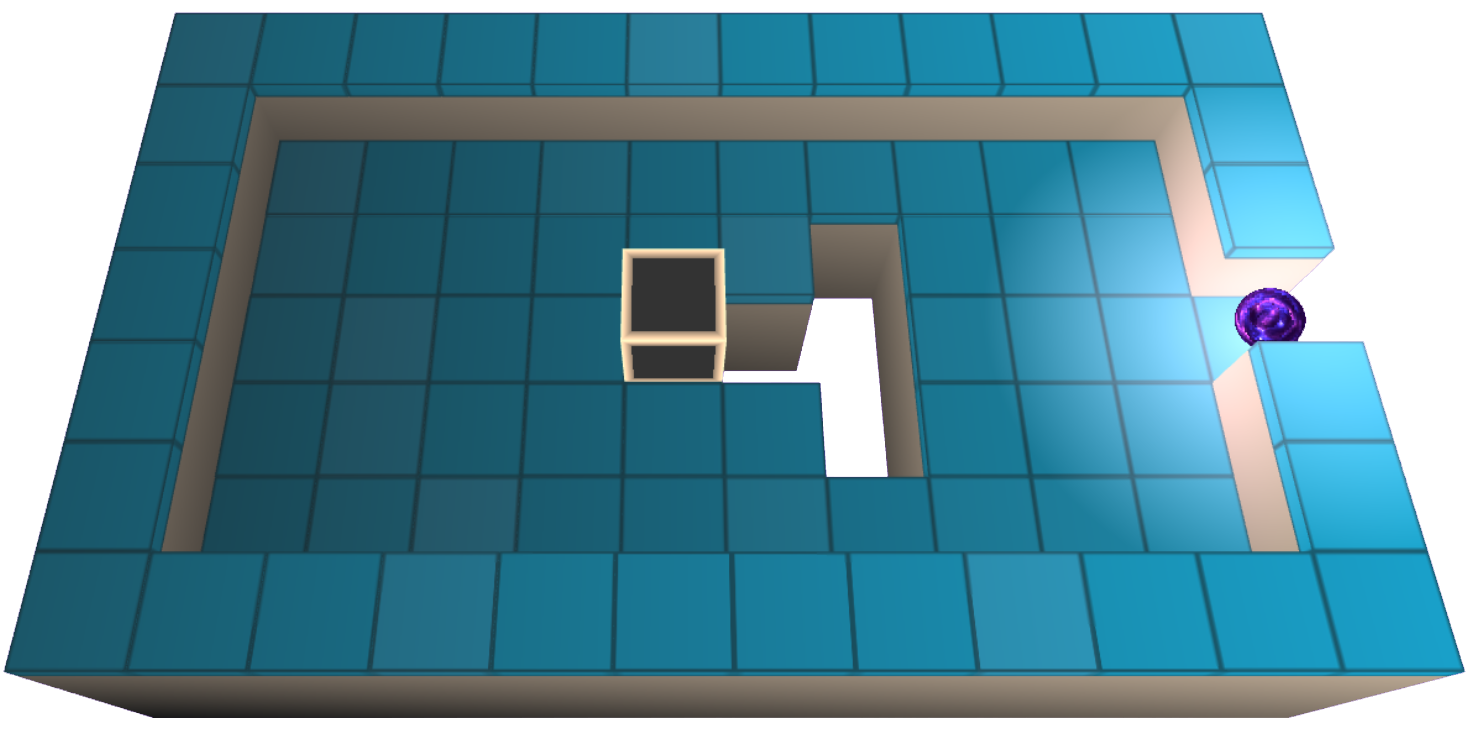HTML <embed> Tag
In this article, we’ll talk about HTML Tag embed. Wishing it would satisfy the requirements for learning.
The HTML <embed> tag is used to embed external content or media, such as images, audio, video, or other interactive content, directly into a web page.
Here is how you can use an embedded image:
Example:
Here is an embedded HTML page:
Example:
Here is an embedded video:
Example:
Here is an example of embedded video with controls:
Example:
HTML <embed> Tag Advantages
The HTML <embed> tag offers several advantages, including:
- The <embed> tag can be used to embed a wide range of external content or media directly into a web page, including images, audio, video, and interactive content such as Flash or Java applets.
- By embedding external content directly into a web page, you can increase user engagement and interactivity. For example, embedding a video or interactive widget can make your content more engaging and dynamic.
- The <embed> tag provides greater control over how external content is displayed on a web page. You can specify the size, position, and behavior of the embedded content using various attributes such as width, height, and autoplay.
- Embedding content directly into a web page can also improve accessibility for users who may have difficulty accessing external content through other means, such as navigating to a separate website or downloading a file.
- Embedding content directly into a web page can also improve page load times by eliminating the need for additional HTTP requests and reducing the overall size of the page.
Tag Embed Usage
Tag embed <embed> specifies a container for resources outside the site, for example, a web page, a photo, a media player, or a plug-in.
Caution
Almost all browsers have deprecated Java Applets and Plug-ins.
Browsers are no longer compatible with ActiveX controls.
Shockwave Flash functionality has been disabled in the latest browsers as well.
Recommendation
If you want to add a picture, use the <img> tag.
If you want to show HTML, use the <iframe> tag.
Using the <video> and <audio> tags when you want to embed video or audio.
Attributes
| Attribute | Value | Overview |
|---|---|---|
| height | pixels | Determine how high the embedded content should be. |
| src | URL | Provide the address of the external file to embed |
| type | media_type | Indicates the media type of the embedded content. |
| width | pixels | Gives the width of the embedded content. |
Browser Compatibility
| Element | |||||
|---|---|---|---|---|---|
| <embed> | Yes | Yes | Yes | Yes | Yes |
Attributes
Global
Embed tags <embed> work with HTML’s Global Attributes too.
Event
The embed tag <embed> handles the HTML Event Attributes.
CSS Default Settings
The <embed> element will often be presented with the following default values:
embed:focus {
outline: none;
}